Blogs & News
Keep Your Soffit Vents Safe.
Discover how you can harden your home’s
standard and continuous soffit vents
from wind-blown embers, high
temperatures, and flames.
Often, homeowners only see and recognize the upfront cost of installing or maintaining a home air ventilation system. Even though the initial installation tends to be costly, so are the costs of not installing an air ventilation system.
One of the biggest disadvantages of not installing an air ventilation system is the quality of your home’s air. Without proper ventilation, pollutants such as dust, mold, and carbon dioxide can accumulate within your household. With this buildup, you and your family may experience respiratory issues, headaches, fatigue, allergies and asthma flare-ups.
Improving Ventilation
In addition to poor indoor air quality, the lack of proper ventilation can jeopardize the structural integrity of your home. In colder months, poor ventilation can lead to condensation on windows and walls, which over time can damage your home’s insulation, rot wooden structures, and cause your home’s paint and wallpaper to peel.
Therefore, once hearing these major disadvantages, homeowners are often motivated to bite the costs and integrate an air ventilation system into their homes – especially on the West Coast.
With adding ventilation systems into their homes, homeowners will be able to experience:
- Better Indoor Air Quality: Ventilation removes indoor pollutants like dust, allergens, pet dander, and volatile organic compounds – replacing them with fresh outdoor air.
- Moisture Control: Proper airflow helps prevent excess humidity, which can lead to mold + mildew growth, wood rot, and damage to your home’s insulation + drywall.
- Temperature Regulation: Proper air ventilation helps balance indoor temperatures, reducing hot or cold spots. This allows for a reduced load on your HVAC system.
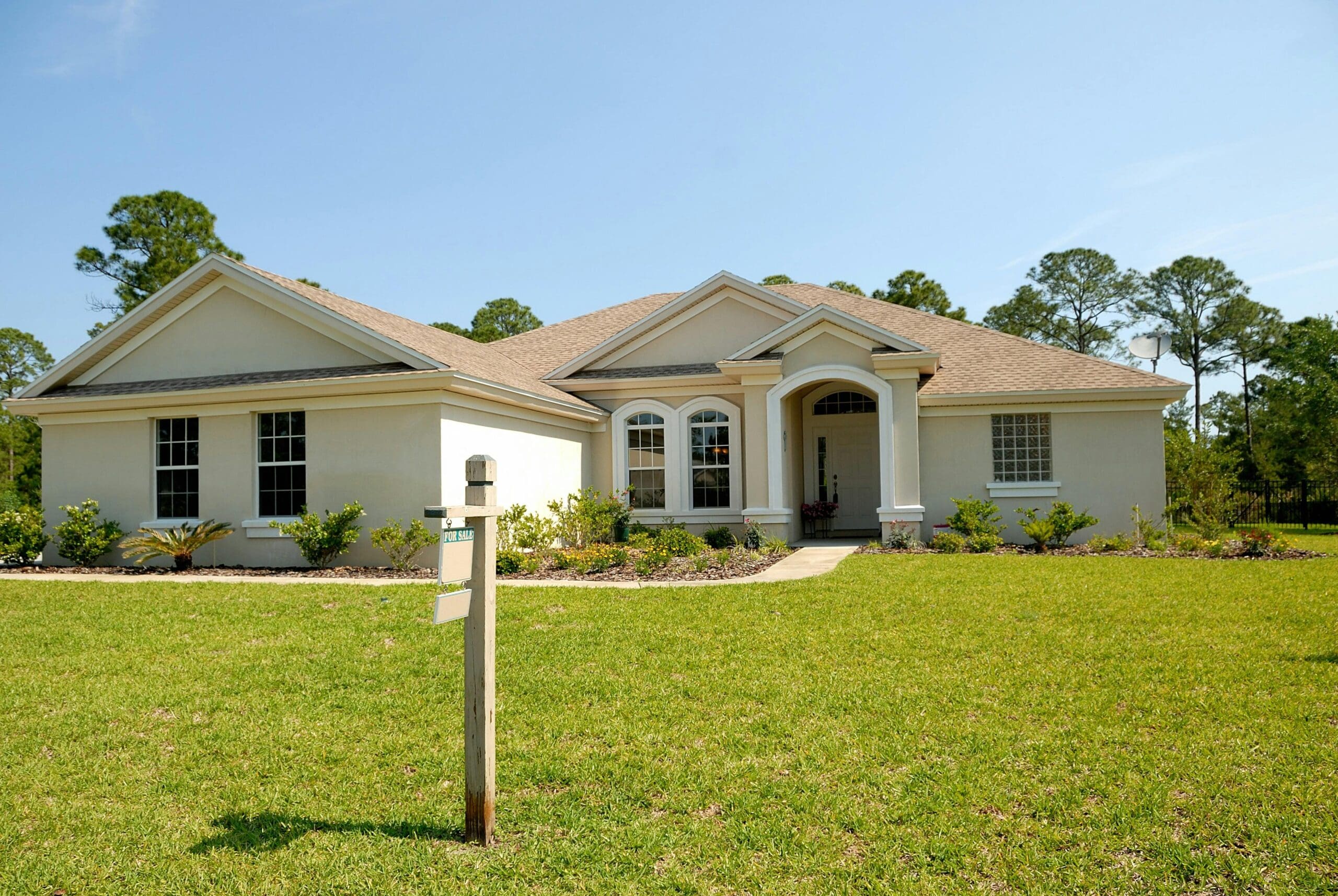
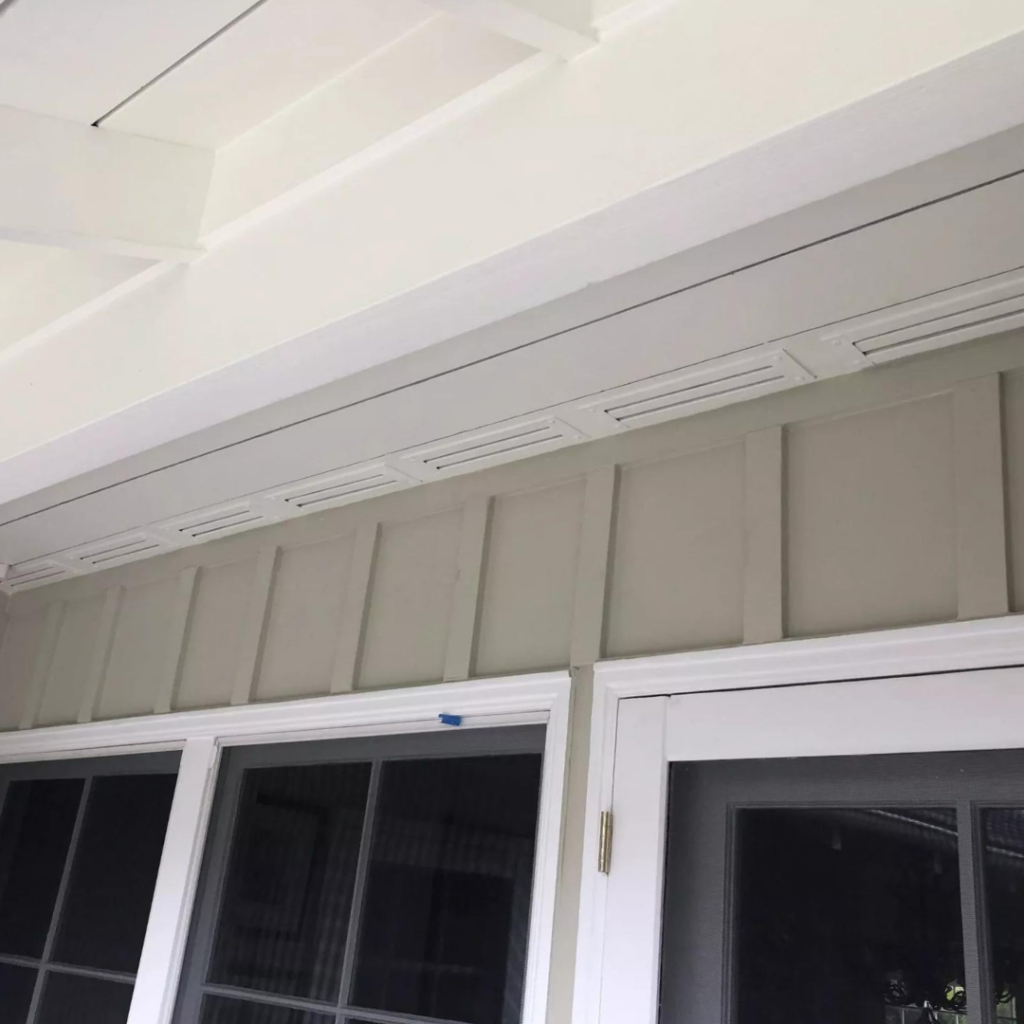
How Do Soffit Vents Play a Role in Your Ventilation System?
As previously mentioned, a high-performing ventilation system is composed of a range of various air vents. From foundation to gable-end vents, every single vent plays a very important role in maintaining a functional air system.
However, there is one type of vent that plays a crucial role when ventilating your attic space, soffit vents.
Whether it’s standard or continuous, soffit vents allow fresh air to flow into the attic through the eaves. Working alongside ridge or gable vents, this system helps regulate attic temperature, reduce moisture buildup, and prevent structural issues, such as mold, mildew, and wood rot.
For homeowners seeking to boost home performance and indoor air quality, soffit vent installation is a smart upgrade that supports long-term sustainability and comfort for your household.
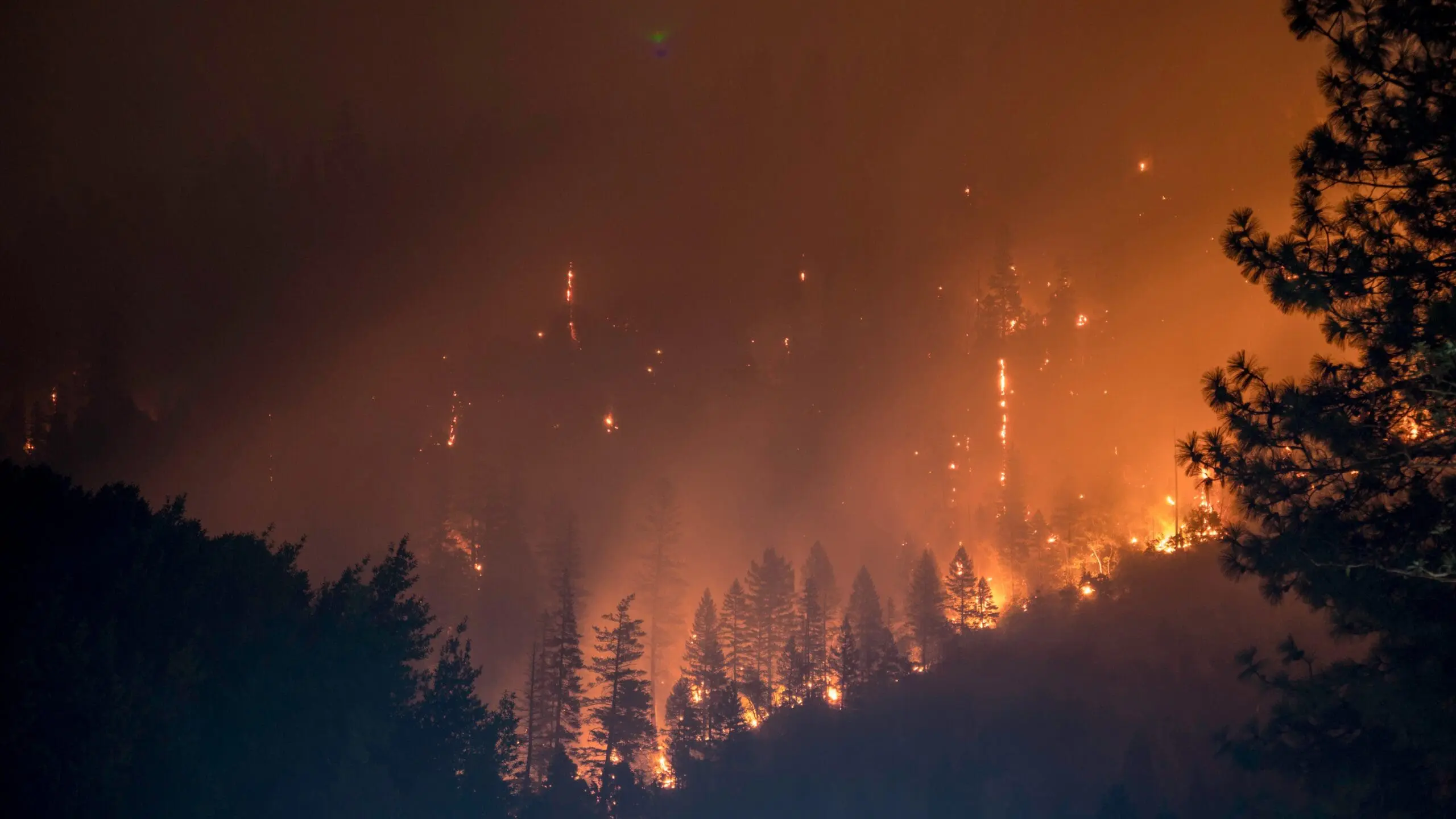
Soffit Vents vs Wildfires
While standard soffit vents and continuous soffit vents weigh heavily in keeping your household’s attic in good condition, they act as a prime entry point for unwanted guests – wildfires.
Currently, it is a well-known fact that wildfires are increasing both in frequency and intensity. Therefore, it is critical for homeowners, located in WUI zones, to ensure their home is properly hardened against wildfires. But where do soffit vents play a role in the acceleration of a wildfire outbreak?
If you weren’t already aware, one of the key threats during a wildfire comes from thousands of wind-driven embers. These burning embers, carried by strong gusts, can travel long distances and easily infiltrate homes through vulnerable openings – particularly unprotected soffit vents. This creates a serious ignition risk that can lead to devasting levels of damage to one’s home.
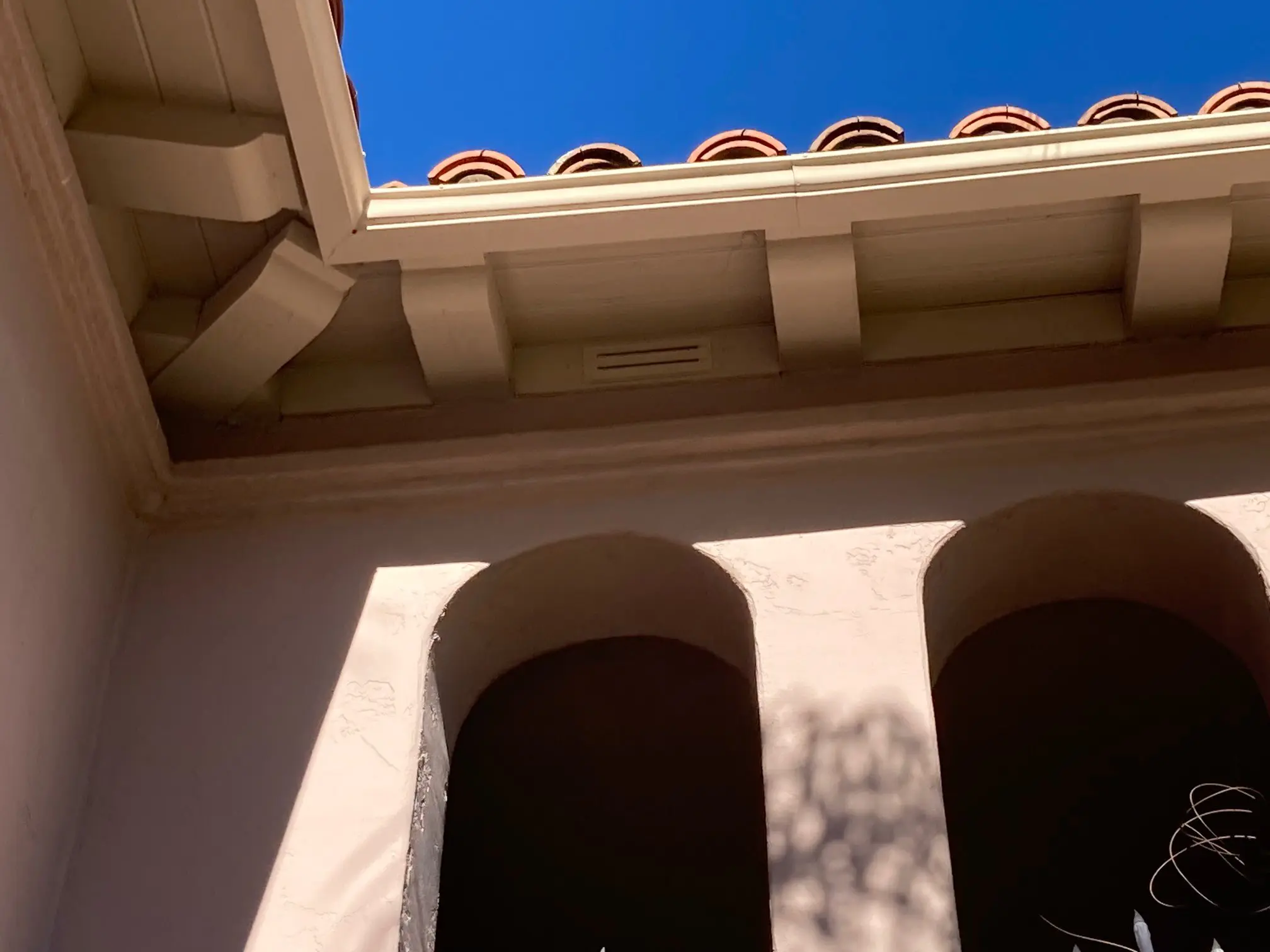
How To Protect Your Soffit Vents
To address the growing threat of wildfire-related home ignitions, building code officials across the United States have strengthened regulations regarding vents – which include both standard soffit vents and continuous soffit vents.
Recent building code adoptions now mandate the use of fire-rated vents in residential homes. These fire-rated vents are required to withstand high temperatures and resist the entry of both embers and flame penetrations, a leading cause of structure loss during wildfires. These standards are aligned with rigorous testing protocols, such as ASTM E2886.
For homes located in Wildland-Urban Interface (WUI) zones, upgrading your home’s ventilation system to be both ember and flame resistant is no longer a recommendation – it’s a prime component of protecting your home from the wrath of a wildfire.
Why You Should Install BrandGuard Soffits Vents
Formulated to meet ASTM E2886 and 2912 standards, BrandGuard has designed an ember- and flame-resistant soffit vent that fulfills all the requirements. Our three layers of wildfire defense technology consist of:
Overlapping Baffles: Designed with an overlapping baffle design, our standard and continuous Soffit Vents allows air to flow freely for proper ventilation while simultaneously trapping embers.
Tenmat Intumescent Strips: Composed with a fast-reacting, self-closing intumescent, our Ember-Resistant Soffits can seal off all unprotected openings – eliminating flame and heat spread.

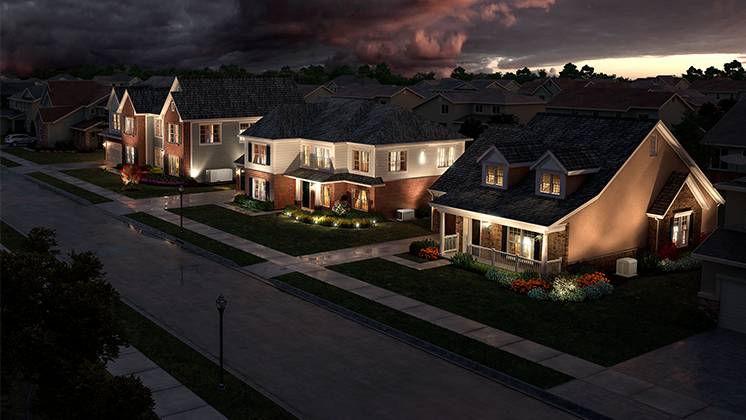
Defend Your Home From Embers
1/16” Fine Mesh: Our flame-resistant Soffit Vents include a fine layer mesh that has 1/16” openings. This layer of non-combustible mesh is designed to resist heat and flames, further blowing out ember entry while still allowing for proper ventilation.
By protecting your home’s interior from high temperatures, flames, and hot embers, BrandGuard’s Soffit Vents can protect your homes from being attacked within. However, our Ember-Resistant Soffits don’t just stop there. Our fire-rated soffit vents do not only just cater to your home’s wildfire needs, but also your home itself.
Designed with both safety and style in mind, our ember-resistant soffit vents not only meet stringent wildfire code standards but also complement your home’s exterior. With customizable options that allow you to match your home’s color palette and select from a variety of premium metals, you can protect what matters most – without sacrificing the look and feel of your home.
Bringing it all together
In today’s climate, proper air ventilation is critical to protecting the longevity and condition of one’s home. Therefore, it’s no surprise that homeowners are adopting one of the key parts of a high-performing air ventilation system – standard soffit vents and continuous soffit vents.
Now, even though these vents provide significant key values to a household – it’s important to ensure that these vital vents are properly protected against hot embers and flames. Installing BrandGuard’s Standard and Continuous Soffit Vents allows both homeowners and architects to meet both the standards of proper ventilation and wildfire defense systems. With our overlapping baffle design, self-activated intumescents, and fine mesh layer, the elements of a wildfire don’t stand a chance against BrandGuard’s Ember-Resistant Soffits.
Protect your home today – specify our Ember- and Flame-Resistant Sofit Vents.
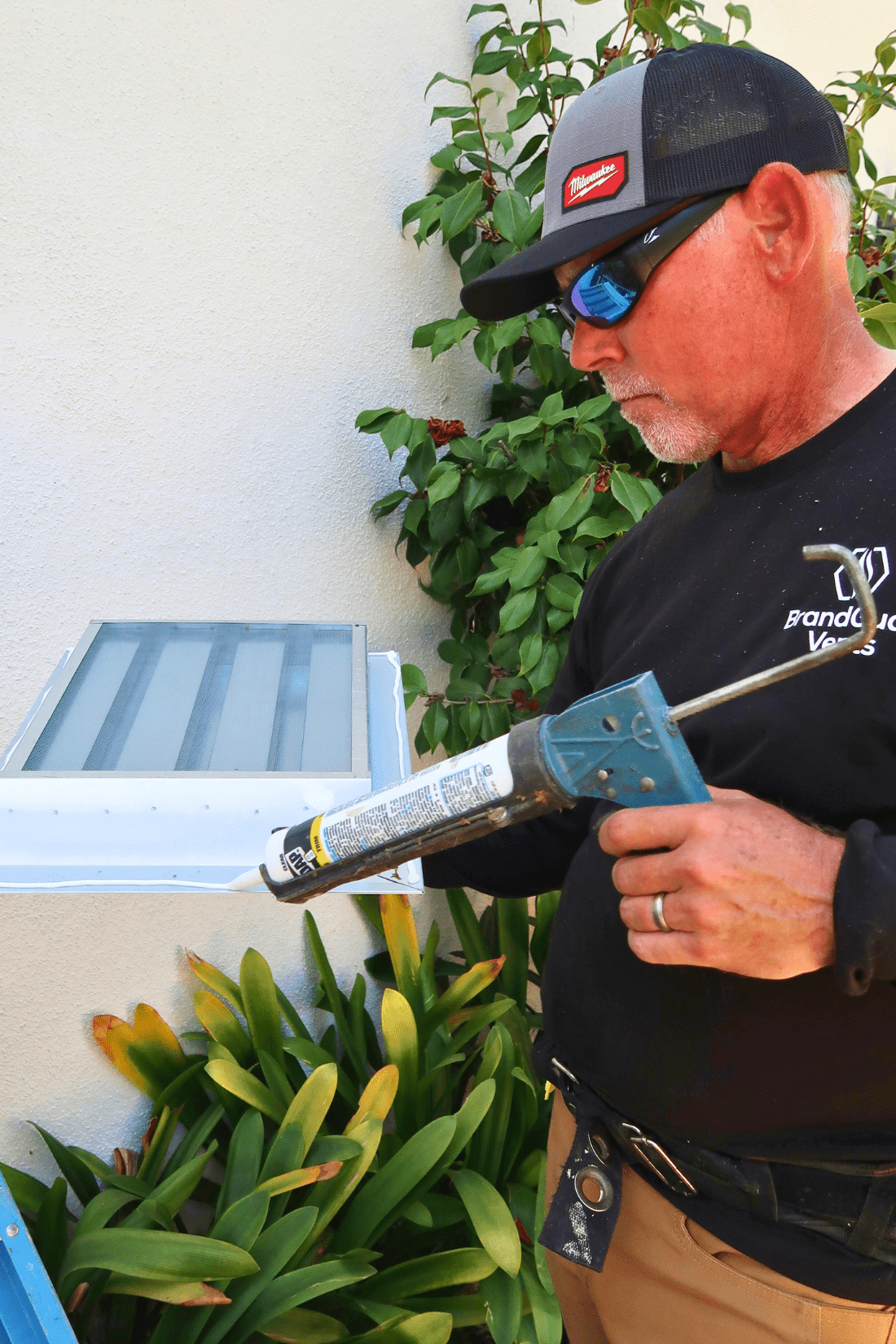
Related Posts
-
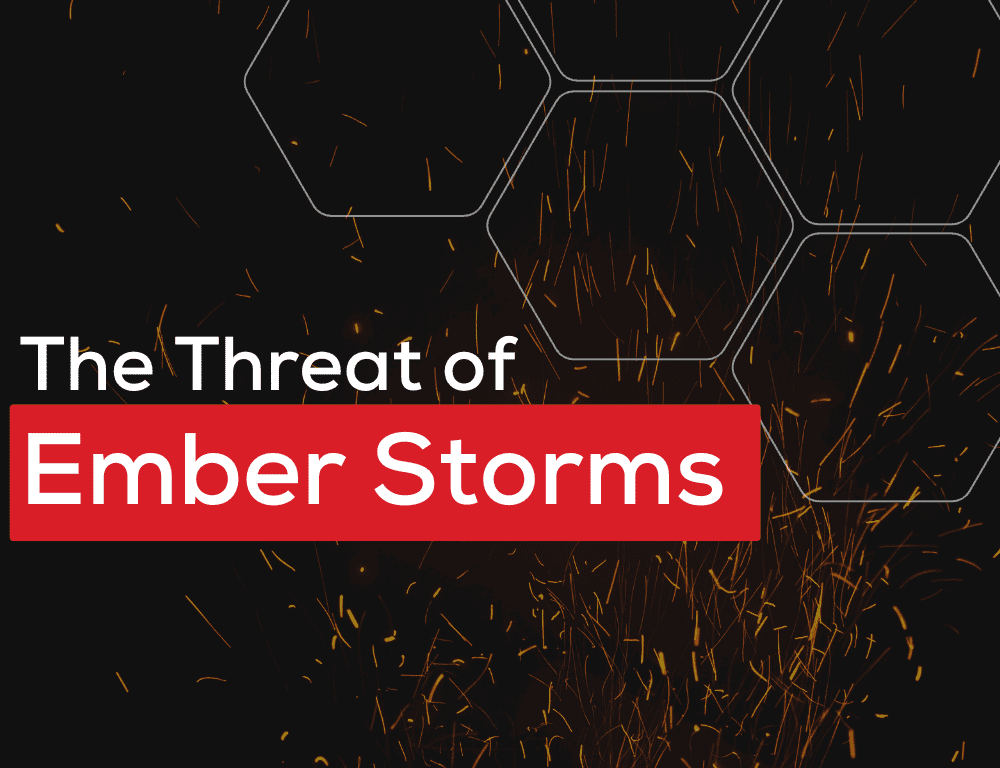
Uncover and understand the leading threat of home safety in WUI zones – wind-blown embers, the number one cause of…
-
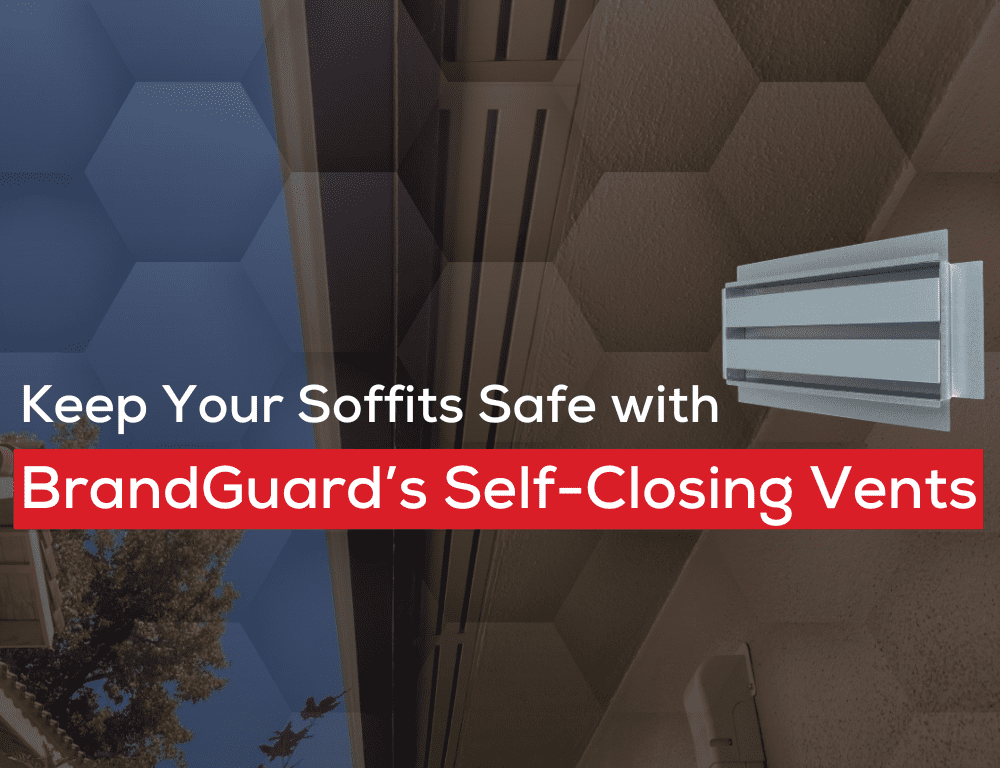
Discover how you can harden your home’sstandard and continuous soffit ventsfrom wind-blown embers, hightemperatures, and flames. Often, homeowners only see…
-
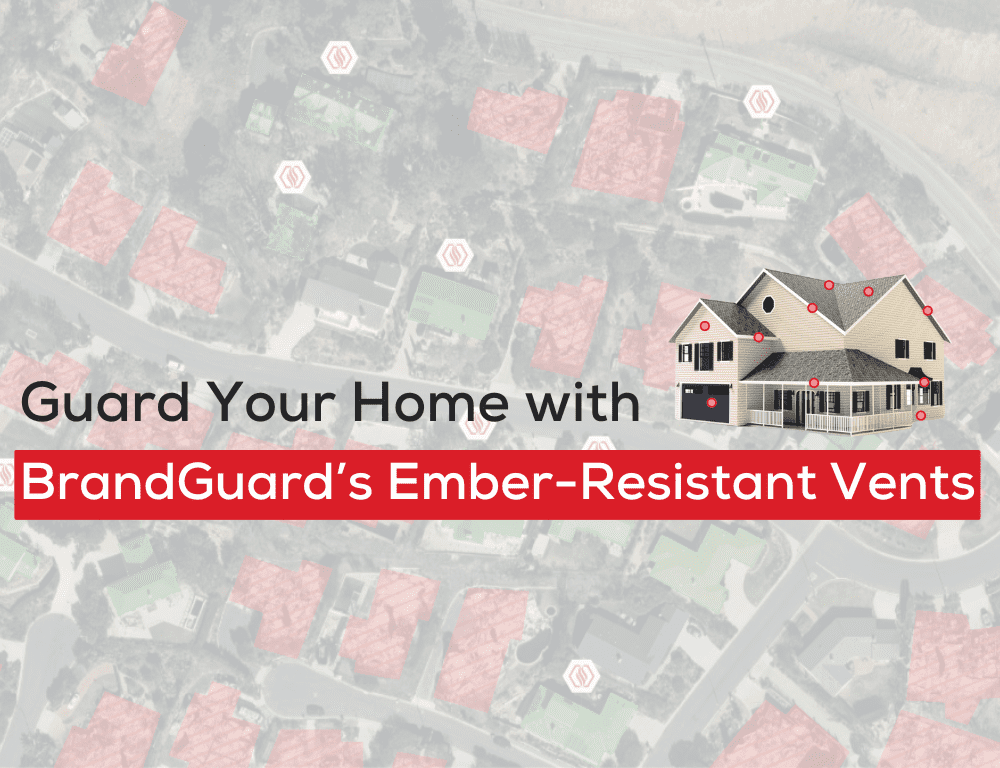
Explore how homeowners who reside in WUI zones can protect themselves, their families, and their homes from the destruction of…
